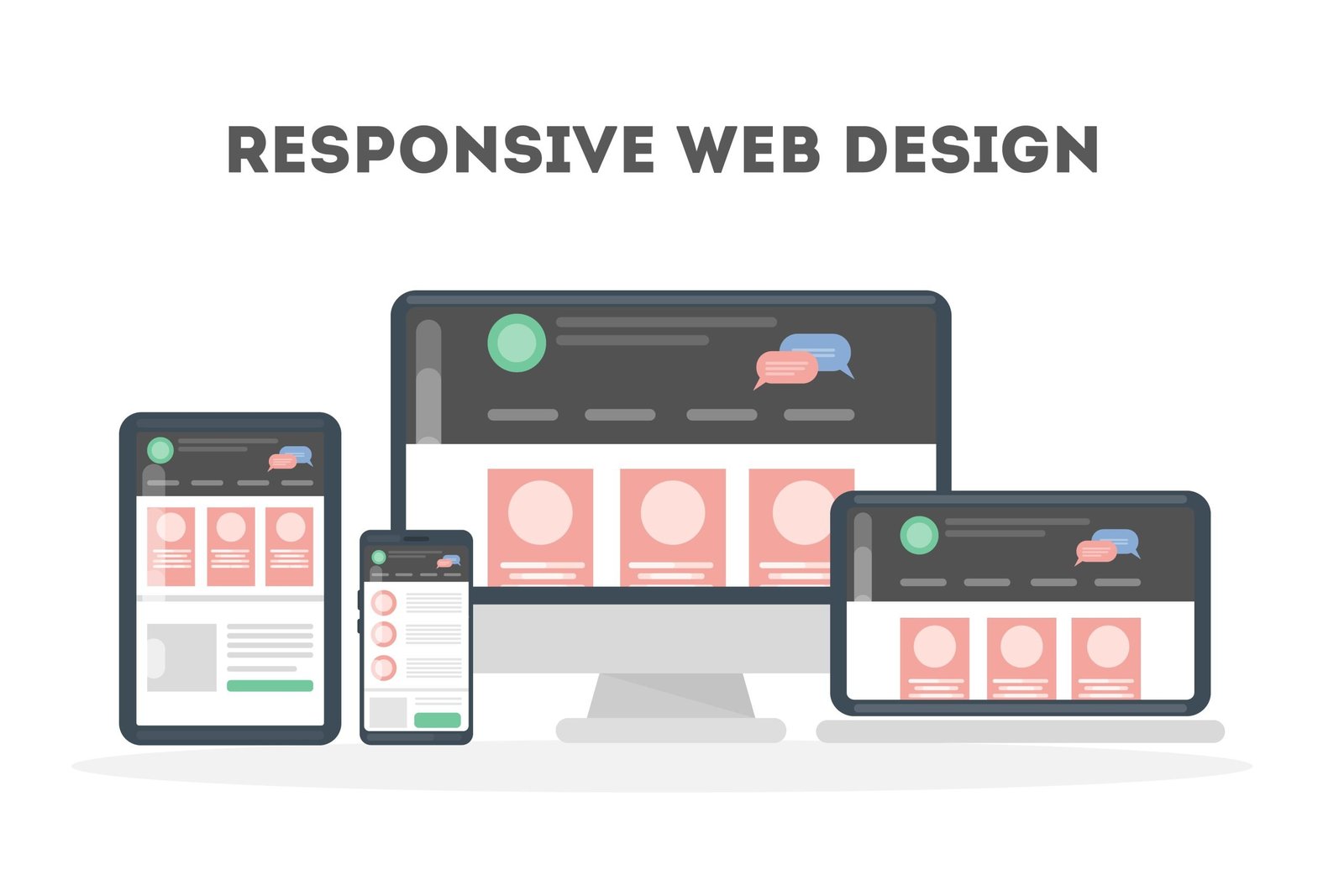Embracing the Future: Trends in Responsive Web Design for 2024
Hey there, web enthusiasts and digital creators! Have you ever wondered how the ever-evolving digital landscape continuously shapes how websites are designed and experienced? With the dawn of 2024 just around the corner, let’s dive into the latest trends in responsive web design that are set to redefine our interactions with the digital world.
Why Responsive Design Matters More Than Ever
In an age where the internet is accessed from various devices with varying screen sizes, responsive web design is not just a trend—it’s a necessity. Ensuring a seamless and consistent user experience across all devices is paramount to engaging and retaining visitors. But what does 2024 have in store for us regarding responsive design? Let’s find out.
The Rise of Minimalism and Fluidity
- More straightforward, Cleaner Layouts: Gone are the days of cluttered web pages. 2024 sees a shift towards minimalism, focusing on simplicity and content readability. Expect more white space, bold typography, and uncluttered layouts that quickly guide the user’s eye.
- Fluid Design and Flexbox: With the adoption of CSS Flexbox becoming more widespread, designers are embracing fluid layouts that adjust more gracefully to any screen size. This approach provides a more dynamic and flexible way to arrange content, ensuring a smooth experience regardless of the device.
Adaptive Images and SVGs
- More brilliant Image Handling: As screen resolutions become sharper and device sizes more varied, responsive images have never been more critical. Adaptive images, which adjust in size based on the viewing environment, are on the rise, reducing load times and preserving bandwidth.
- SVG Takes Center Stage: Scalable Vector Graphics (SVG) are becoming a staple in responsive design. Due to their scalability without quality loss and smaller file sizes than traditional image formats, SVGs are perfect for icons, logos, and illustrations in a responsive setting.
Accessibility and Inclusivity Front and Center
- Designing for Everyone: A significant trend in responsive web design is the increased focus on accessibility and inclusive design. This means creating websites that are not only physically accessible but also easily navigable and understandable by people with various disabilities, ensuring a universal user experience.
Motion UI and Microinteractions
- Subtle Animations Enhance UX: Subtle animations and micro interactions are gaining traction, adding a layer of sophistication and engagement to web pages. These small yet impactful touches can guide users through their digital journey, making interactions feel more intuitive and natural.
Voice User Interface (VUI) Integration
- The Voice of the Web: As voice search and voice command devices continue to permeate our lives, integrating voice user interfaces into web design is becoming a trend. VUI can make websites more accessible and provide a futuristic user experience.
Wrap-Up: The Responsive Web of Tomorrow
The trends in responsive web design for 2024 reflect a broader movement towards more accessible, flexible, and user-centred experiences. As web designers and developers, it’s our mission to embrace these trends and innovate, ensuring our digital creations are beautiful but also inclusive and effective across all platforms.
Read Also:














